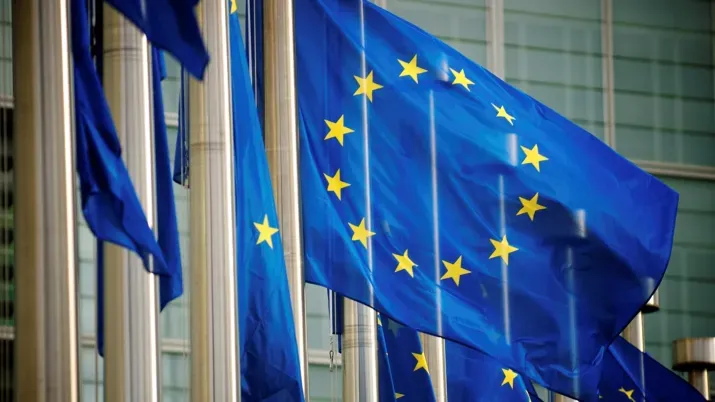Conditions clearing for ECB to continue cutting
Yesterday the European Central Bank (ECB) delivered a 25 basis point (bp) cut, their second in the current easing cycle and in line with market consensus. The conference did not offer any obvious deviation from analysts’ expectations with the ECB remaining data dependant and not closing the door to any policy action in the future.
As is the case in all September meetings, investors also joyfully received the ECB staff update with their macro projections for the euro area. This extensive publication provides interesting insights as to how the ECB is looking at data, not only in the euro area but also in other parts of the world. There were three main conclusions for investors in our opinion.
The first insight is that the ECB deems inflation to be under control, even if they expect numbers to accelerate slightly in the near term as a result of energy base effects. Past monetary tightening continues to impact the economy and inflation, which should eventually translate into lower services inflation.
Secondly, and related to services inflation, wage increases are moderating – an area that has been a concern for ECB members. Nominal wages have increased in recent quarters at a shallower pace than previously forecasted. The trend is expected to continue in coming years “as upward impacts from inflation compensation pressures in a tight labour market continue to fade”. Employment growth surprised on the upside in Q2 2024, a tendency that is expected to reverse to more normalised levels in 2025 and 2026 as the post pandemic impulse fades. Productivity should, therefore, improve somewhat from its recent meagre performance although the effect is expected to be limited.
The third conclusion has to do with growth. Projections were revised down by 0.1% for 2024, 2025 and 2026 as the table below shows. It is fair to say that the ECB does not seem too bullish on the growth prospects for the euro area, but at the same time the expectation is for growth to accelerate mildly from here. The Bloomberg consensus has a similar path for growth albeit marginally lower for 2024 and 2026. The ECB staff argues that a consumption-led recovery remains the base case, but they acknowledge that this has not happened. In fact, the better growth figures in H1 2024 have had more to do with net trade than private consumption. Going forward, the ECB staff argue that real disposable income should continue rising along with decent nominal wage growth and low unemployment - this should at some stage translate into increasing consumer confidence and business investment intentions. They do state, though, that these developments have not come to pass at this juncture, with consumer confidence remaining subdued and “elevated household saving intentions”. Improving growth going forward is also a byproduct of lower rates in the future, as businesses find it more attractive to invest and people will find it less attractive to save.
Regarding the fiscal outlook, the ECB foresees a modest reduction in deficits going forward from 3.6% in 2023 to 3.0% in 2026. The main adjustment comes in 2024 as the table shows below, mainly due to the expiration of some energy and inflation support measures. It is recognised in the report that these projections are subject to elevated uncertainty as we await for the 2025 budget announcements in most countries.
The main message for us from these updated projections is that growth will improve mildly going forward as the euro area moves slowly but surely away from recessionary territory. Inflationary pressures continue to decline allowing the ECB to cut rates from restrictive levels with the objective of supporting the recovery. We note that the range of Bloomberg consensus for growth and other macro variables is much smaller for the euro area than that of the US and, to a lesser extent, the UK. These are welcome developments for us as fixed income investors and should be supportive of government bonds and spread products in Europe.




